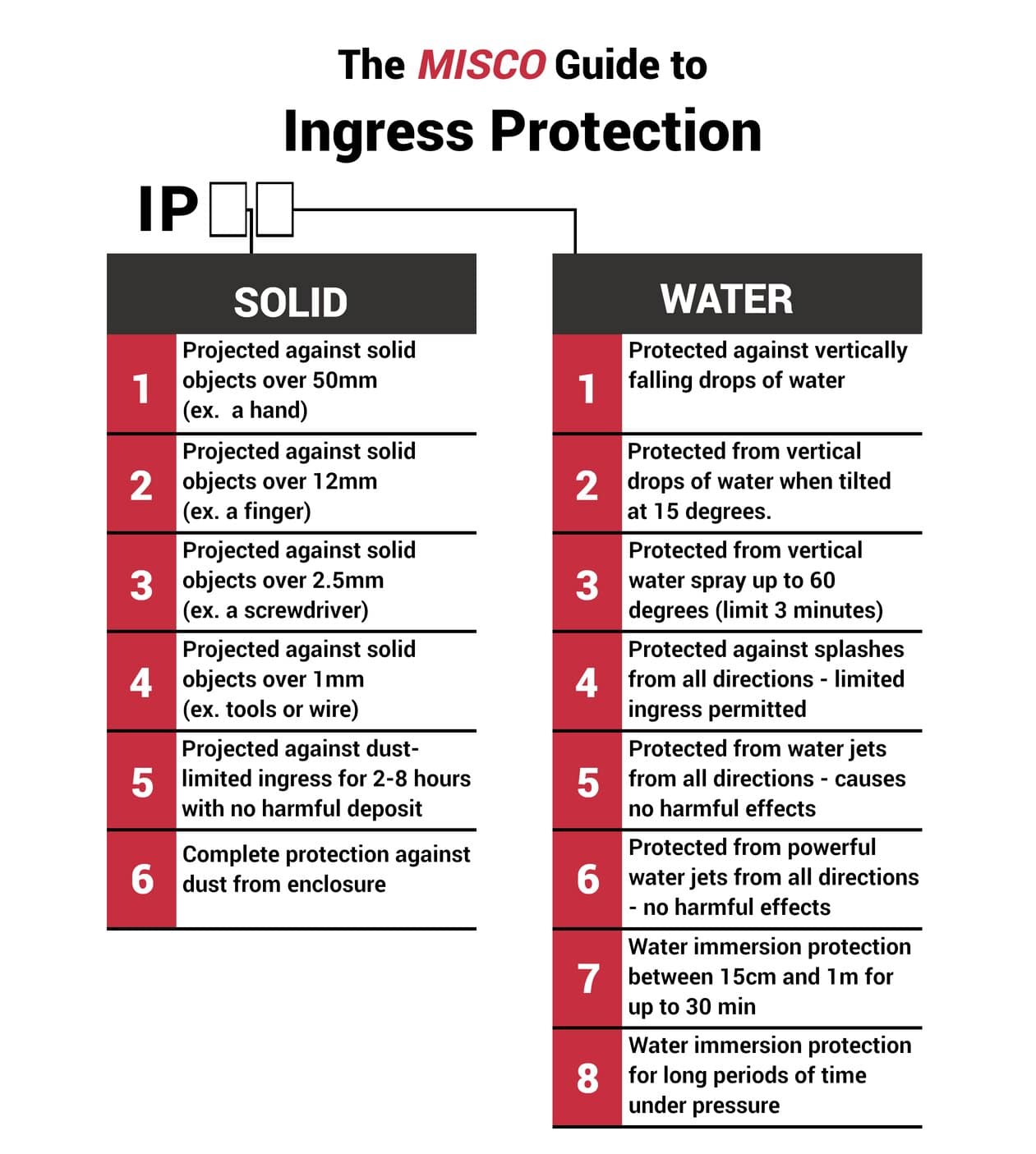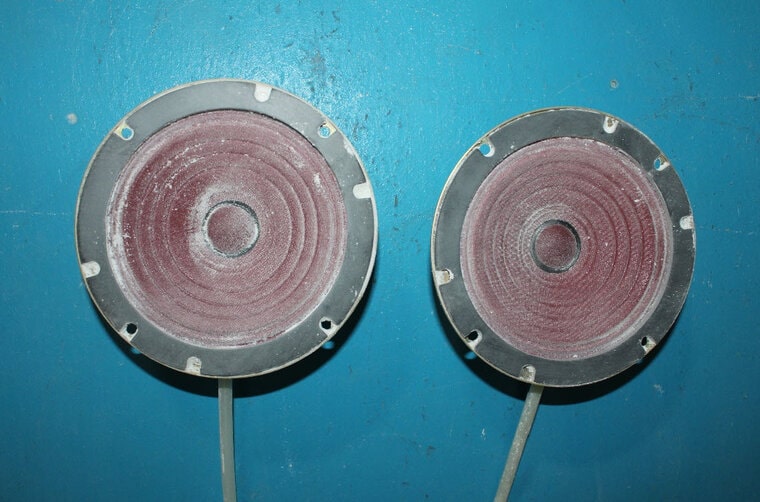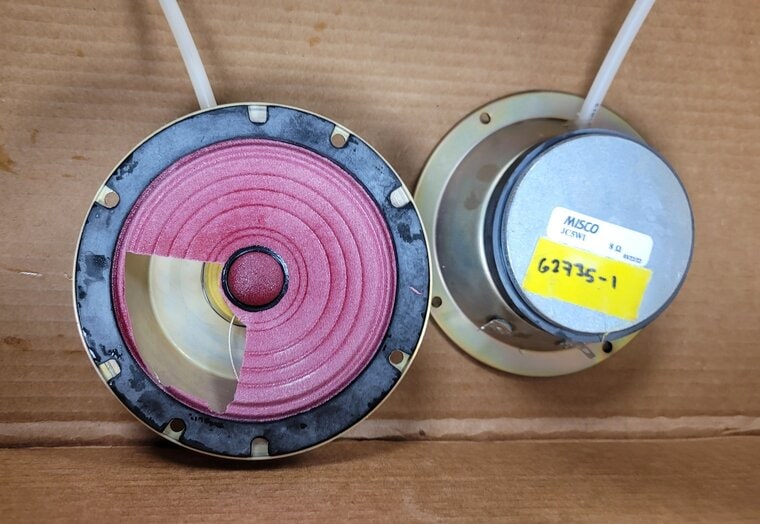IP65 Rating: What Do IP Ratings Mean for Speakers?
You want your audio system to last and depending on the conditions it has to endure, it may need to withstand elements like dust and water. But what level of protection and waterproofing do you need? You don’t want to overspend on components and design features if they go beyond what will get the job done. Don’t worry, there’s a speaker test for that.
IP stands for Ingress Protection and is an internationally recognized standard that helps both manufacturers and consumers understand how durable a product is against dust, dirt, and water. These are also known as “certified ruggedness levels.”
You will often see a product advertising its IP rating. With speakers, the IP rating is important if they’re going to be outside or near any place where they could get wet or subjected to excessive dust or dirt.
IP Testing Speakers
You may see a product that is IP65 rated but what exactly does that number mean? The first digit refers to foreign materials (dust) protection; the second digit refers to water protection. The higher the number the more protection. The dust number (in the tens place) goes as high as 6 and the water ingress number (in the one's place) typically goes up to 8. (There are some ratings that go up to 9K that include requirements for rigorous product cleaning). Products rated above IP67 are often specified to the manufacturer in a particular way as needed by the customer. So a product rated at IP68 would theoretically be impenetrable to even the smallest dust particles and able to be submerged in water (when mounted properly) without ever being affected, but the submersion depth and test duration may be different product to product, even with the same rating.
A dust number of 6 in an IP rating indicates that the product is dust-tight, protected from dust particles and other foreign materials with 1.0 millimeter or larger diameter. 1.0mm is actually the finest size that the standard specifies in detail. Think of a very fine desert sand or talc. When a speaker passes, no dust can have penetrated the product.

Caption: Two JC5WI speakers under test for dust ingress

Caption: The JC5WI after IP65 dust test
A water number of 5 indicates that the product is waterproof from all sides when properly mounted and can withstand direct contact from 4.4 psi water jets. In order to achieve an IP65 rating on MISCO’s JC5WI, an acrylic impregnated cloth cone and dust cap, along with a rubber face gasket was used. The speaker is also self-enclosed so the sides and rear of the speaker are sealed.
Here’s a video of what the IP65 water test looks like on the JC5WI.

Caption: After both dust and water tests are conducted, the speaker is cut open to inspect for any water or dust ingress. Having none, the speaker passes IP65 testing.
Another MISCO product, 93126, a very small 31mm square speaker, features a waterproof aluminum cone and NBR rubber surround to achieve IP67 performance and, when properly mounted into an appropriate enclosure, can be submerged in up to a meter of water for 30 minutes.
IP44 is generally considered the lowest IP-rating suitable for outdoor use; all products rated less than IP44 should only be used indoors.
Designing for the Elements
Environmental-resistant materials like polypropylene cones and Santoprene surrounds can help outdoor speakers hold up better. The design and material choices for a speaker’s enclosure and grill are also important to consider.
Layer treatments can also be added during manufacturing to protect against moisture, rust, and UV damage. In addition to testing for a speaker’s ingress protection rating, MISCO also utilizes an in-house testing chamber to verify protection against temperature extremes and humidity for robustness not specified by an IP rating.
Working with a speaker manufacturer to identify the level or IP needed and the best way to achieve it can save you significant money when you consider the per-speaker cost and the number of units you may need.
